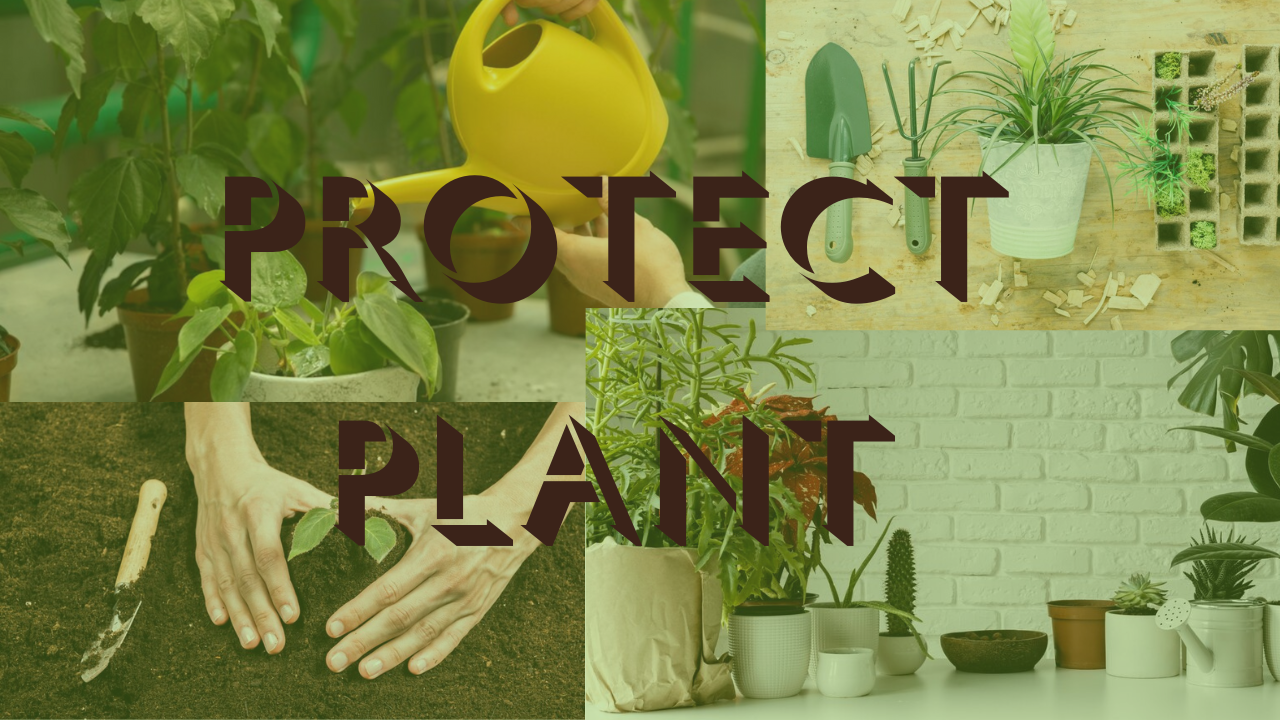Climate change, by global temperature rise, altered precipitation patterns, and increased frequency of extreme weather events, poses significant threats to plant life. Understanding these impacts is crucial for both natural ecosystems and agricultural productivity. These climate changes affect humans and create a critical atmosphere for our home-grown vegetables.
Plant Selection and Placement
First of all, according to season selection of plant is the most important thing.
- Drought-Tolerant Varieties: Choose plant varieties known for their heat and drought tolerance.
- Companion Planting: Group indour plants with similar water and light needs together to optimize care and resource use.
- Microclimates: Utilize natural microclimates in your garden, such as planting on the cooler side of structures or near water features.
- Placement: Place your plant in areas where suitable sunlight reaches and has the required temperature for photosynthesis.
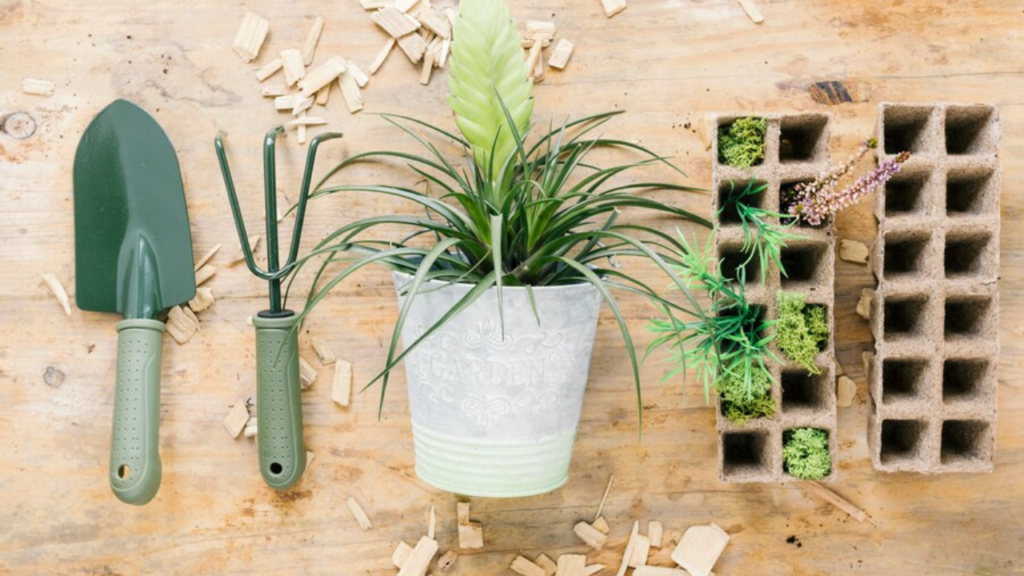
Container Plants
- Proper Sizing: Use larger pots to retain more moisture and provide better insulation for roots.
- Light-Colored Containers: Opt for light-colored containers that reflect sunlight and keep the root zone cooler.
- Frequent Monitoring: Container plants dry out more quickly, so check soil moisture regularly and water as needed.
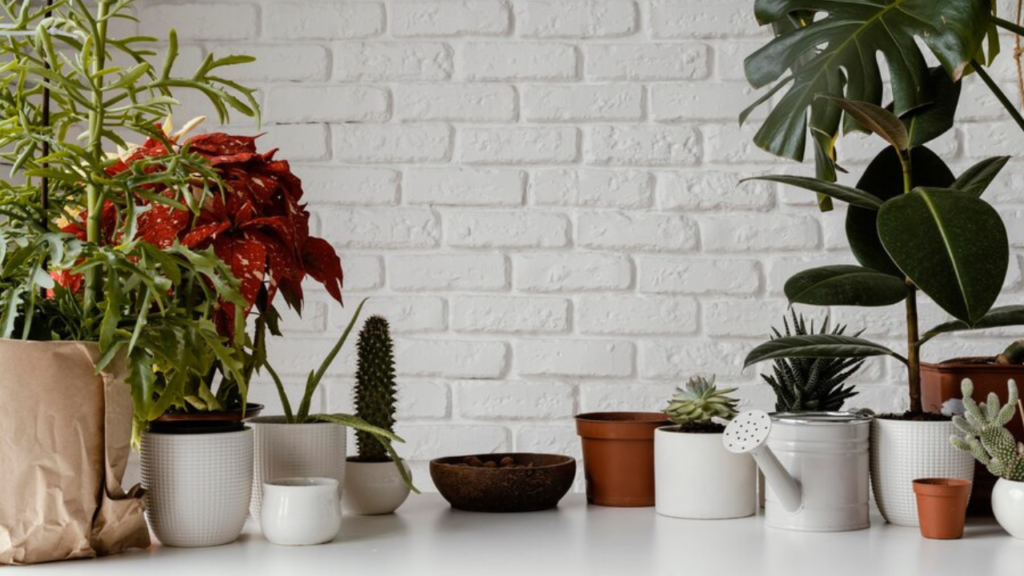
Mulching
- Purpose: Mulching helps retain soil moisture, regulate soil temperature, and reduce weed growth.
- Materials: Use organic materials such as straw, grass clippings, shredded leaves, or bark chips.
- Application: Apply a 2-3 inch layer around plants, ensuring not to pile mulch directly against plant stems to prevent rot.
Watering Techniques
- Deep Watering: Water deeply but less frequently to encourage deep root growth. This helps plants access moisture during dry periods.
- Early Morning or Late Evening: Watering during these times reduces evaporation and allows plants to absorb moisture before the heat of the day.
- Drip Irrigation or Soaker Hoses: These systems deliver water directly to the root zone, minimizing water waste and reducing leaf wetness, which can lead to disease.
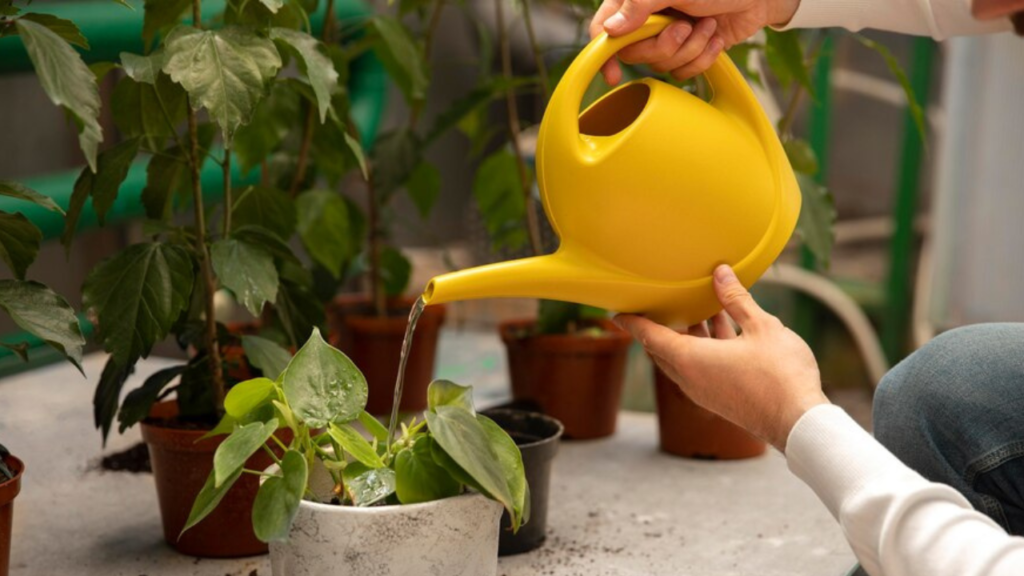
Shade Protection
- Shade Cloths: Use shade cloths or garden fabric to provide temporary shade for sensitive plants. Choose a cloth that provides 30-50% shade.
- Natural Shade: Plant taller plants or install trellises to provide shade for smaller, more vulnerable plants.
- Row Covers: Lightweight row covers can protect plants from intense sunlight while allowing air circulation.
Soil Improvement
- Organic Matter: Incorporate compost or well-rotted manure into the soil to improve its water-holding capacity.
- Moisture-Retaining Amendments: Add materials like vermiculite or peat moss to help retain moisture in the soil.
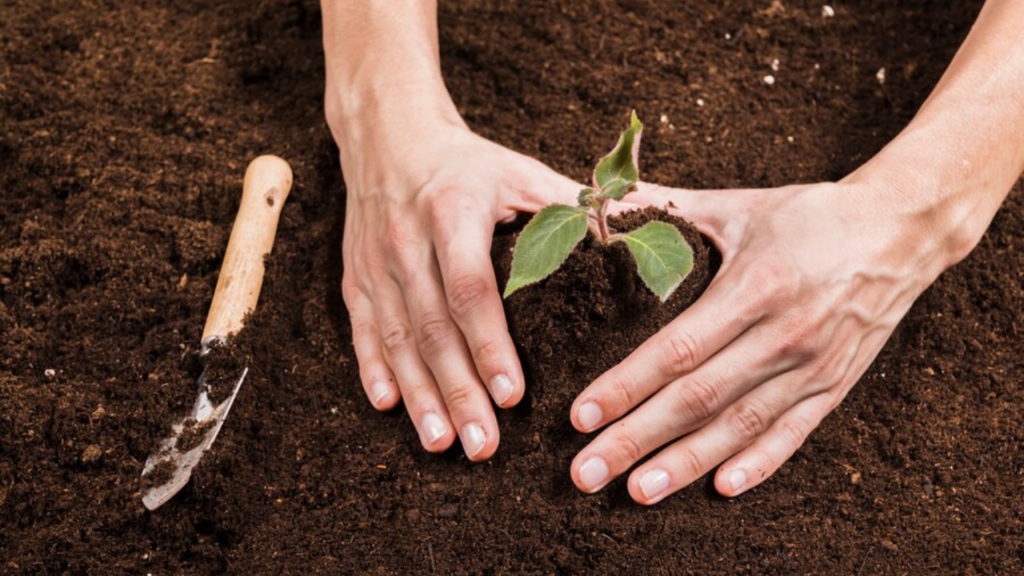
Regular Maintenance
- Pruning: Remove dead or damaged foliage to reduce plant stress and improve air circulation.
- Weeding: Keep the garden free of weeds that compete for water and nutrients.
if you keep these things in mind during summer your plant can survive this extreme weather. These tips are only can be understood by experience. But you can ask more if you want.
